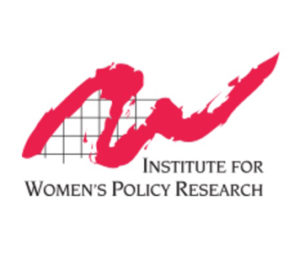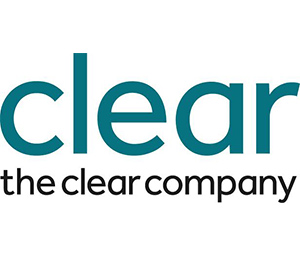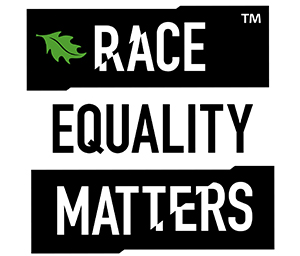Progress towards gender parity in boardrooms is stalling as women’s share of new board appointments in corporate America hit a seven-year low, a new study has revealed.
New data from Equilar’s Q4 2024 Gender Diversity Index (GDI) reveals that women’s share of new board appointments has fallen to its lowest level in seven years, signalling a troubling slowdown in diversity efforts. The GDI, which measures the representation of women and men on corporate boards within the Russell 3000, held steady at 0.60 for the third consecutive quarter. A score of 1.0 represents equal gender representation, but momentum toward that milestone has notably slowed.
After years of steady progress, the projected year for achieving parity has now been pushed back to 2039 – the furthest projection since 2017 when it stood at 2048.
ANTI-DEI IMPACT ON BOARD APPOINTMENTS
One possible explanation for this regression is the rise of anti-DEI (diversity, equity, and inclusion) movements, which have created significant headwinds for gender diversity initiatives. Companies that once prioritised diverse board appointments may now be scaling back efforts due to political and regulatory pressures.
While women’s overall board representation has doubled from 15.1% to 30.1% since the GDI’s inception, the pace of growth has dramatically slowed. Between 2021 and 2022, female board representation increased by 16.9%. However, that figure fell to just 8.1% from 2022 to 2023 and further dropped to 4.5% between 2023 and 2024.
FEWER WOMEN APPOINTED TO BOARDS
The most alarming trend is the declining percentage of newly appointed female directors. In Q4 2024, women accounted for only 27.1% of new board appointments—the lowest figure since Q2 2017. For the year, just 31.7% of new appointees were women, marking a significant decline from 38.7% in 2023. This 18.1% drop suggests that the pipeline for female leadership is weakening, despite years of progress.
Despite these discouraging numbers, there are a few bright spots. Women continue to hold multiple board seats at a higher rate than men – 24.8% versus 16.6% in Q4 2024—a trend that has persisted since 2016. Additionally, the number of all-male boards is shrinking, with 63 boards reporting no female members in Q4 2024, down from 69 in the previous quarter.
GENDER DIVERSITY IN THE BOARDROOM
While these findings highlight significant challenges, they also serve as a wake-up call for organisations, investors, and policymakers. With gender diversity linked to better business performance, companies that fail to prioritise diverse board appointments risk falling behind their competitors.
The question now is: Will businesses take proactive steps to reverse this trend, or will gender parity remain a distant goal? The answer will shape the future of corporate leadership for years to come.







































